Course · Part 5 · Assignment 1
Read
Introduction to Applied Graphic Design
KeyThree
The key points from this assignment.
- The graphic design basics covered in Part 4 have many practical applications
- These include brand design, editorial design, and information design
- Each area of specialisation has its own set of challenges, conventions, and constraints

Image credit: Kira Schwarz
Introduction
One of the wonderful things about graphic design is the sheer range and diversity of its specialisms. In this assignment, we’ll run through some of the different disciplines in the graphic design industry.
This list isn’t exhaustive, and some career paths, like illustration, are really separate fields in their own right, with their own histories, traditions, and techniques.
Graphic design specialisms
Brand identity design
Definition: The development of brand identity systems, including logos, colour palettes, typeface combinations, visual styles, brand voice, and brand identity documentation.
Example: Here are brand identity guidelines for Nike’s “Pro Services” brand:
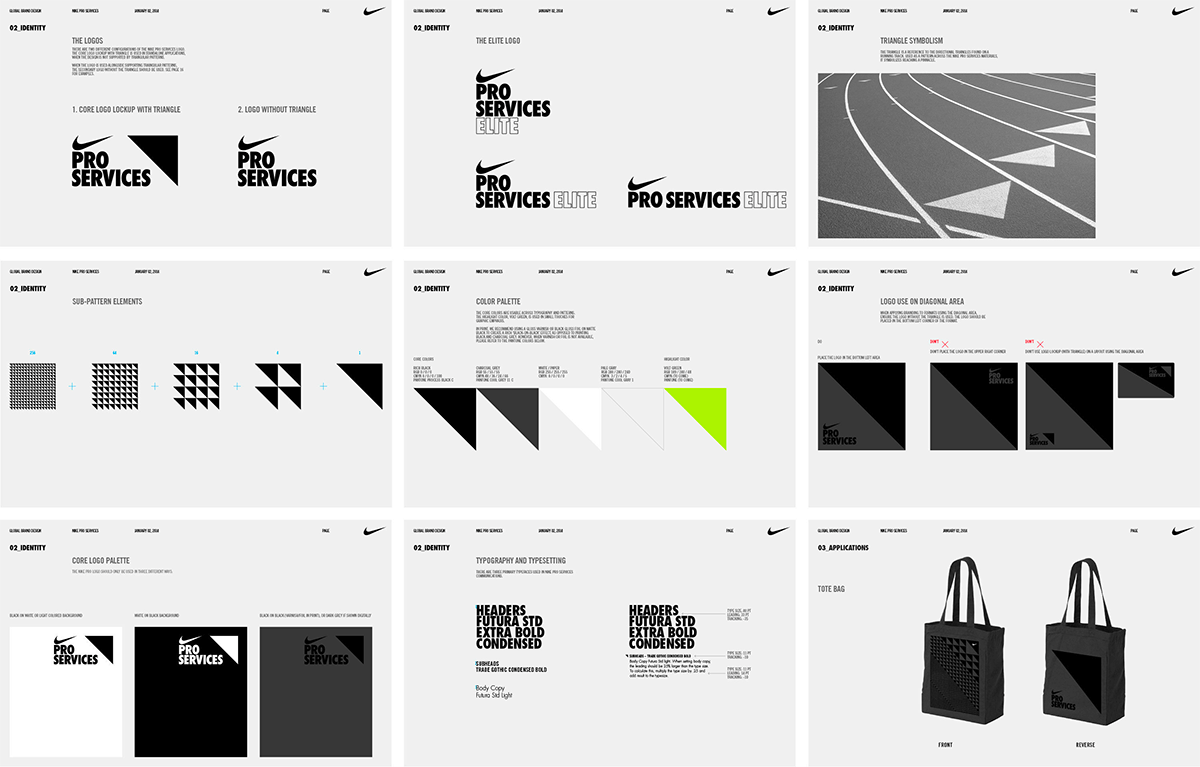
Image credit: Nike
Editorial design
Definition: The design of magazines, brochures, reports, books, book covers, textbooks, etc.
Example: Here are pages from The Economist, a newspaper in magazine format:
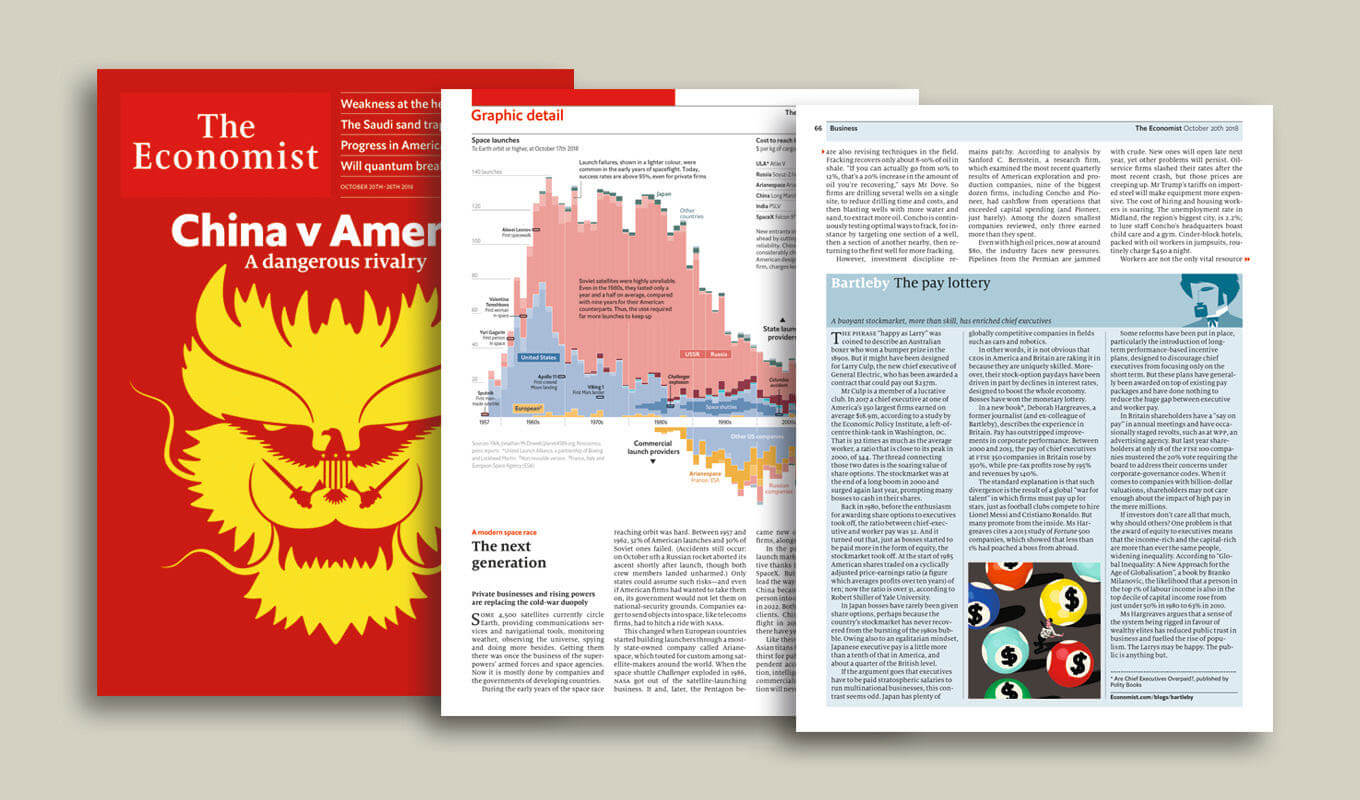
Image credit: The Economist
Information design
Definition: The design of charts, diagrams, infographics, and other forms of data visualisation
Example: Here’s an infographic produced by Nicholas Felton for TIME magazine:
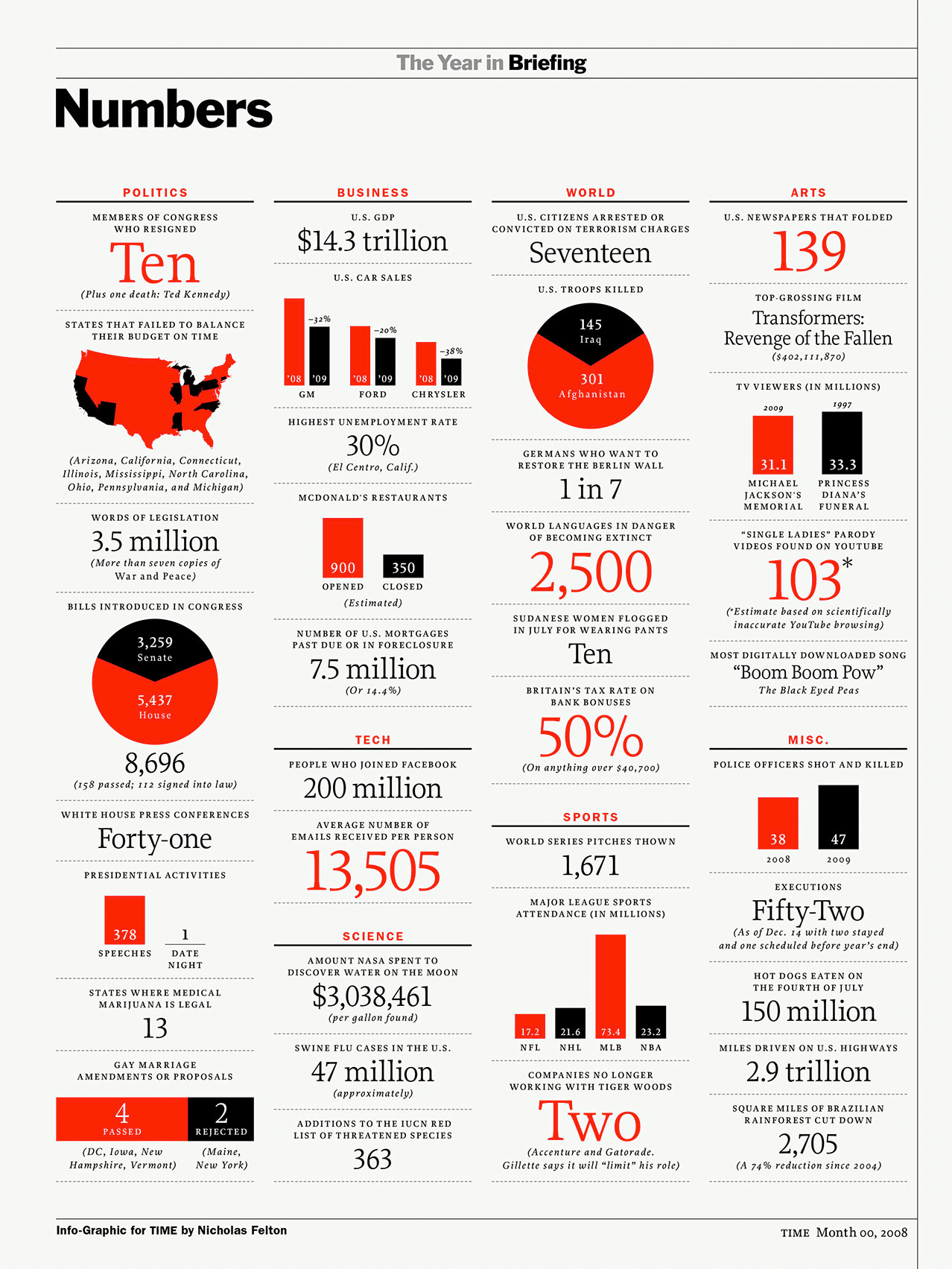
Image credit: TIME/Nicholas Felton
Packaging design
Definition: The design of product packaging and packaging systems.
Example: Here’s a cereal packaging concept by Lacy Kuhn:

Image credit: Lacy Kuhn
Marketing and advertising design
Definition: The design of materials to promote a particular brand or campaign, often including flyers, posters, banners, billboards, newspaper and magazine ads, online ads, and social media content.
Example: Here’s an ad designed to promote Volkswagen’s “Park Assist” feature:
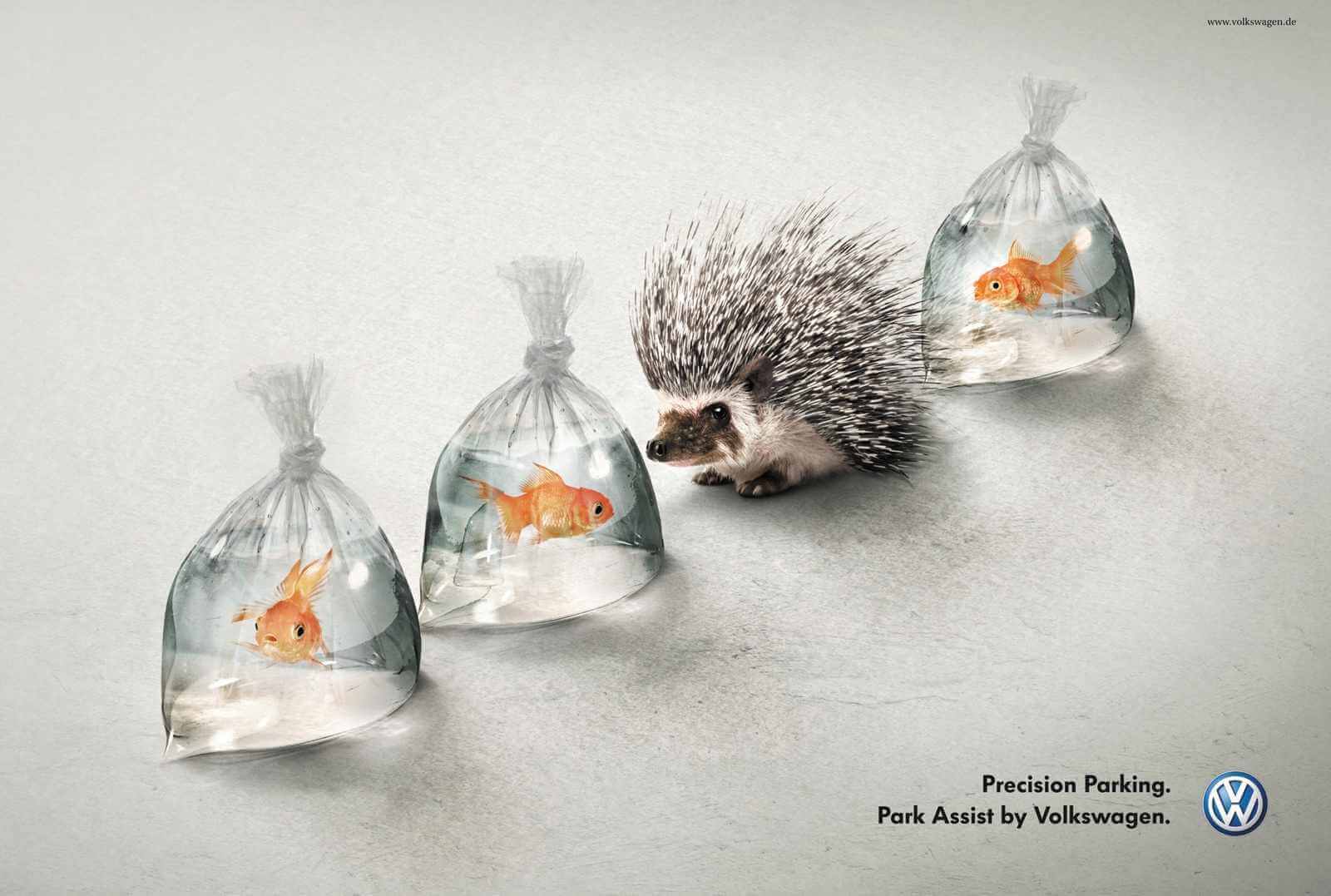
Image credit: Volkswagen
Environmental design
Definition: The design of signage, murals, wayfinding, retail interiors, event spaces, conference spaces, etc.
Example: Here is a snapshot of the celebrated wayfinding system at Amsterdam Schiphol Airport:
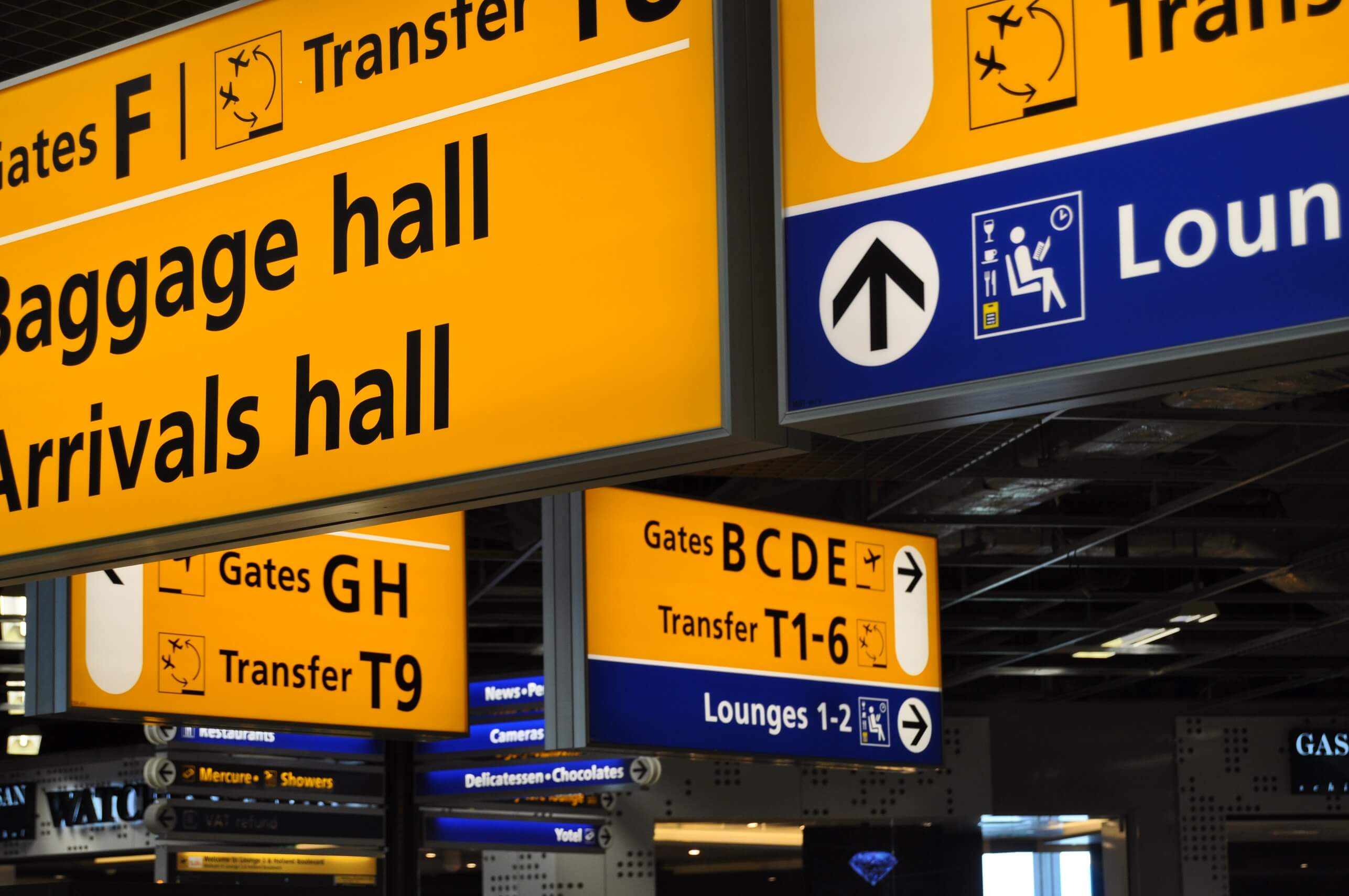
Image credit: Van Beem & Van Haagen
Related design disciplines
There are other specialisms which are long-standing disciplines in their own right, but which people often come to via graphic design:
Web design and user interface design
Definition: The design of websites, apps, and other digital interfaces.
Example: This website.
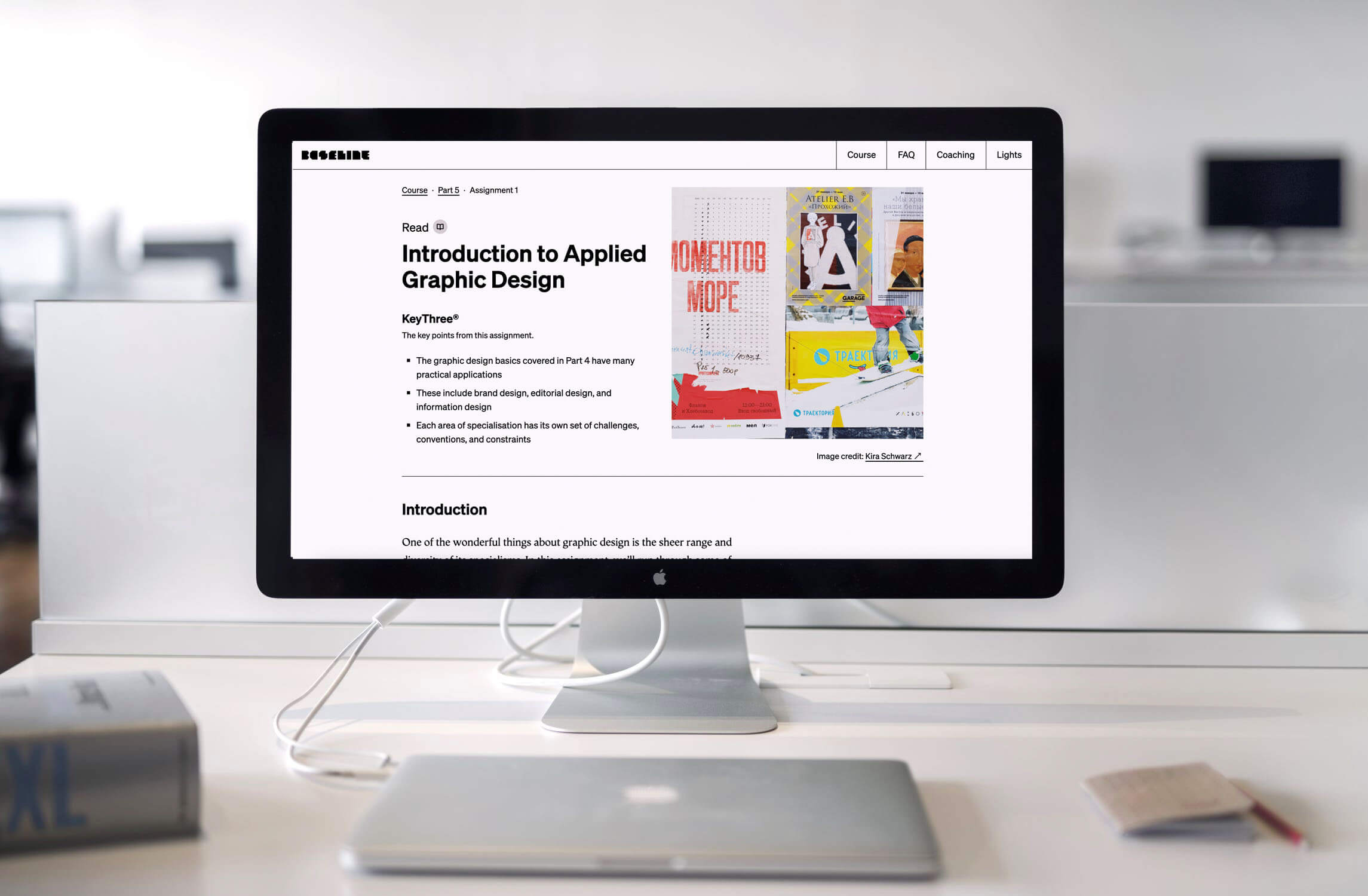
Image credit: Format
Illustration
Definition: The creation of artwork in response to a design brief, often to support branding (brand illustration) or content (editorial illustration).
Example: Here’s an illustration by Greg Dlubacz:

Image credit: Greg Dlubacz
Motion graphic design
Definition: The design of moving graphics, including television ads and explainer videos. Usually, motion graphics do not include full animation, which tends to require expensive frame-by-frame work, and specialist skills. Instead, motion graphics often use transitions, and smaller animation hints applied to static illustration elements.
Example: Here’s a great example of motion graphic design in an explainer video by The School of Life:
Video credit: The School of Life
Type design
Definition: The design of typefaces (also known as fonts).
Example: Here are some letters from a typeface design called “Bely”:
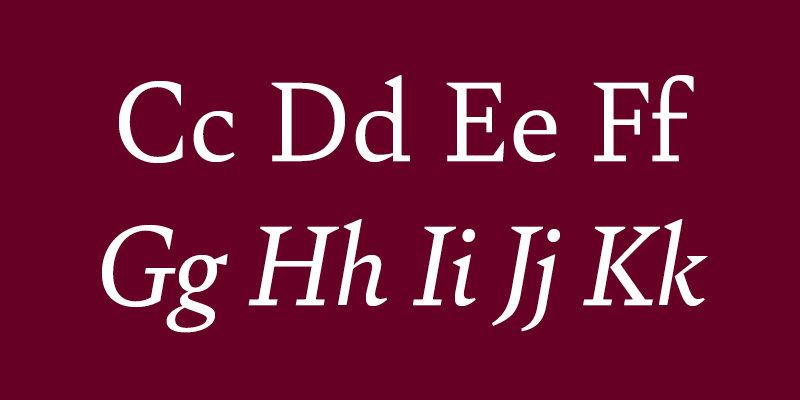
Image credit: TypeTogether/Adobe Fonts
Lettering and calligraphy
Definition: The design of custom lettering in response to a design brief. The lettering is often highly ornate, bold, or elaborate, and tends to be commissioned to create impact.
Example: Here’s a wonderful example of custom lettering design for a wine label, created by Jessica Hische:

Image credit: Jessica Hische
In conclusion...
In the rest of Part 5, we’ll focus on three graphic design specialisms: brand identity design, editorial design, and information design.
We’ve chosen these three because they are the most relevant to a generalist junior graphic design role, and involve knowledge and skills that are transferable to other specialisms.
If you’re interested in learning about any of the other specialisms outlined in this lesson, take a look at the Further Resources page .